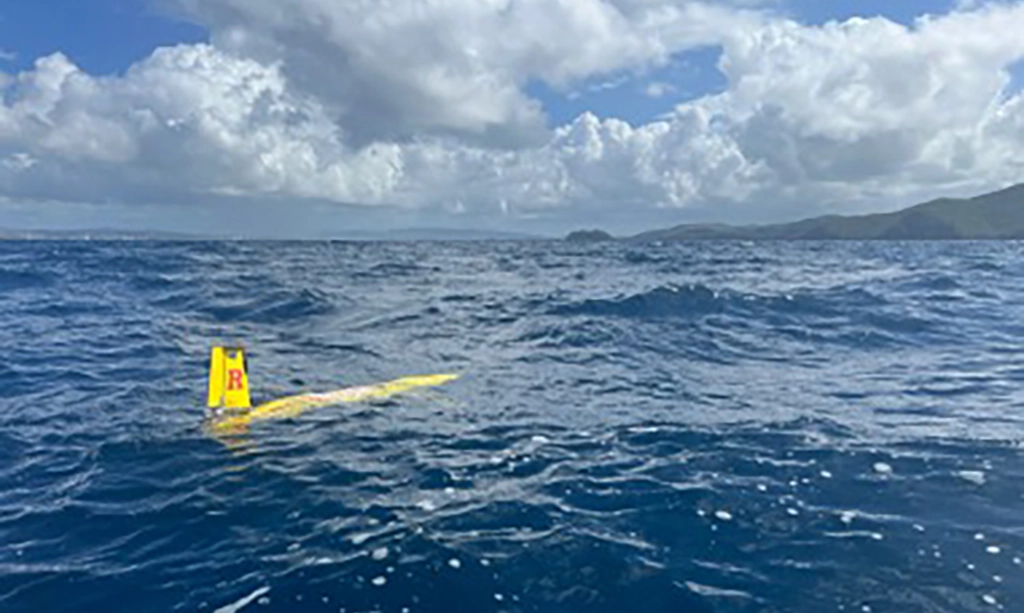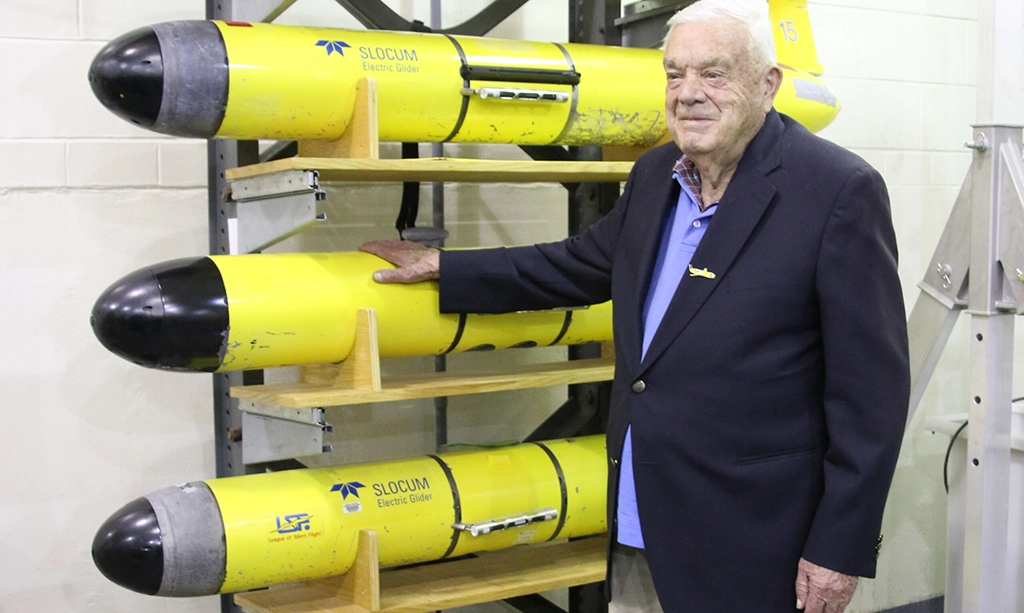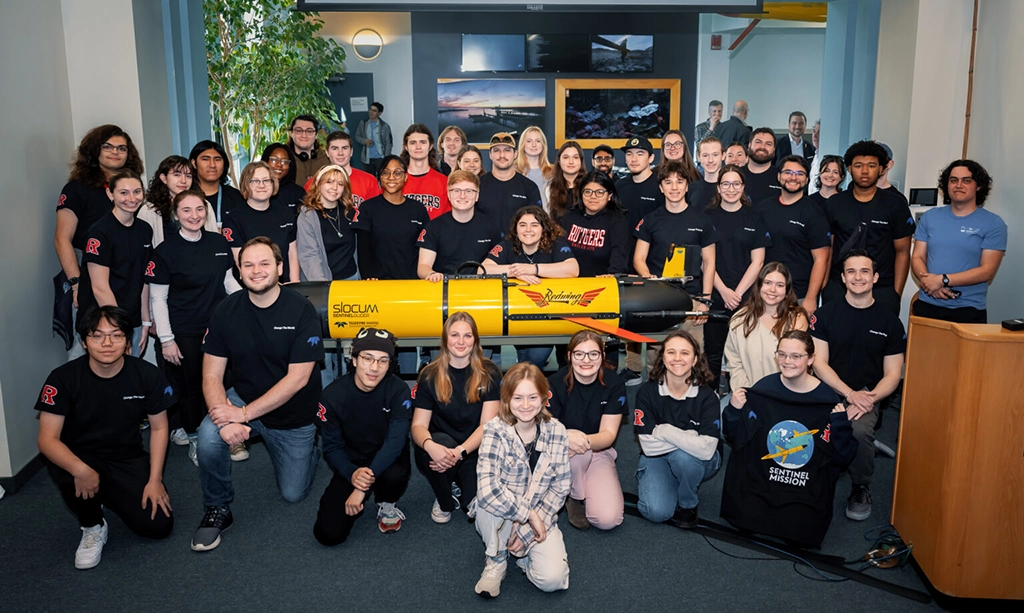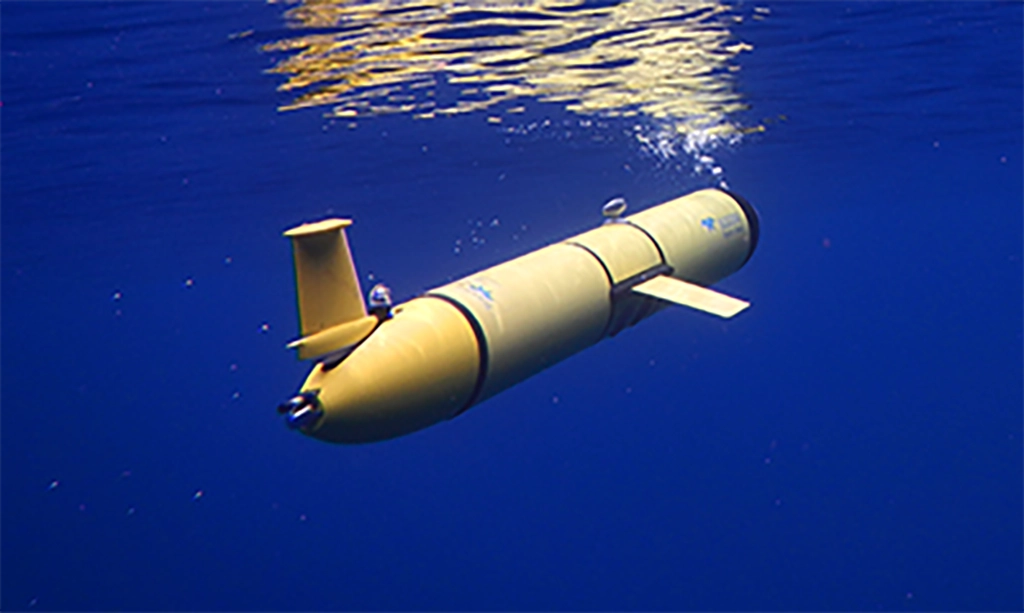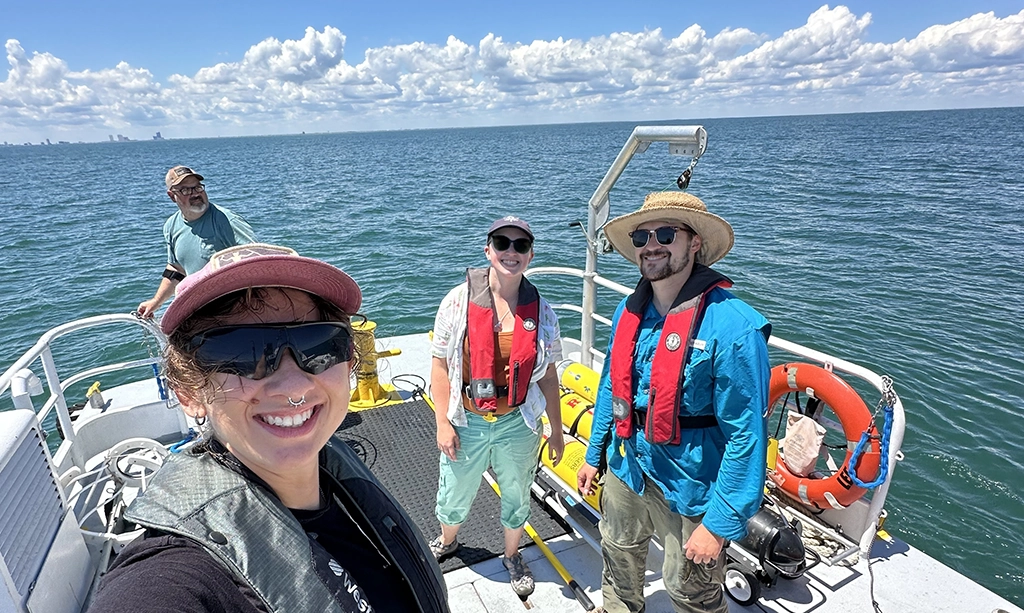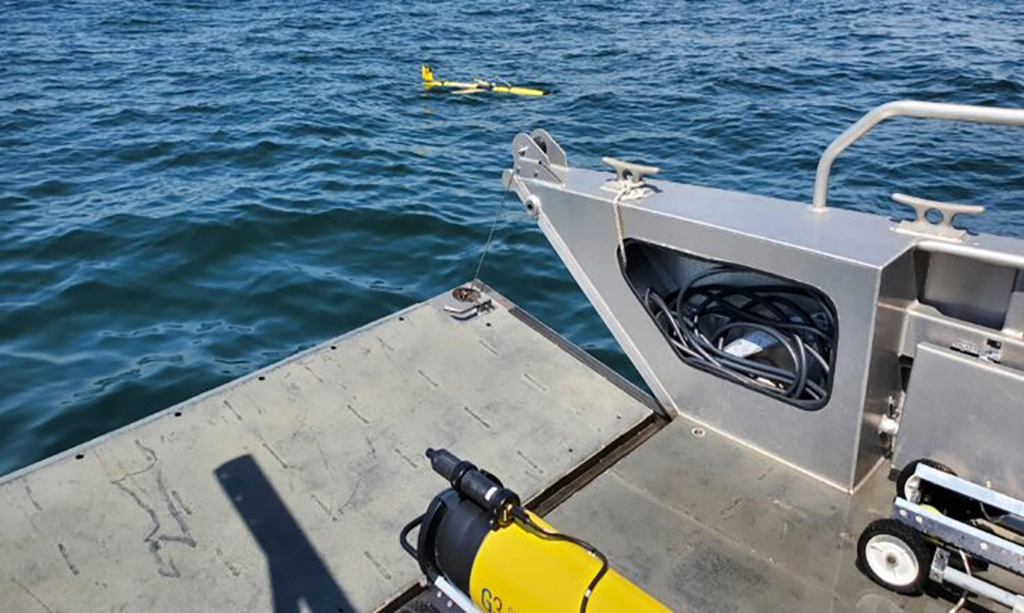Understanding the Caribbean Sea’s role in the broader oceanic circulation system
Dr. Travis Miles and Dr. Joe Gradone, along with partners at NC State and UVI, have been awarded a grant from the National Science Foundation (NSF OCE-2421622) to better understand the Caribbean…

